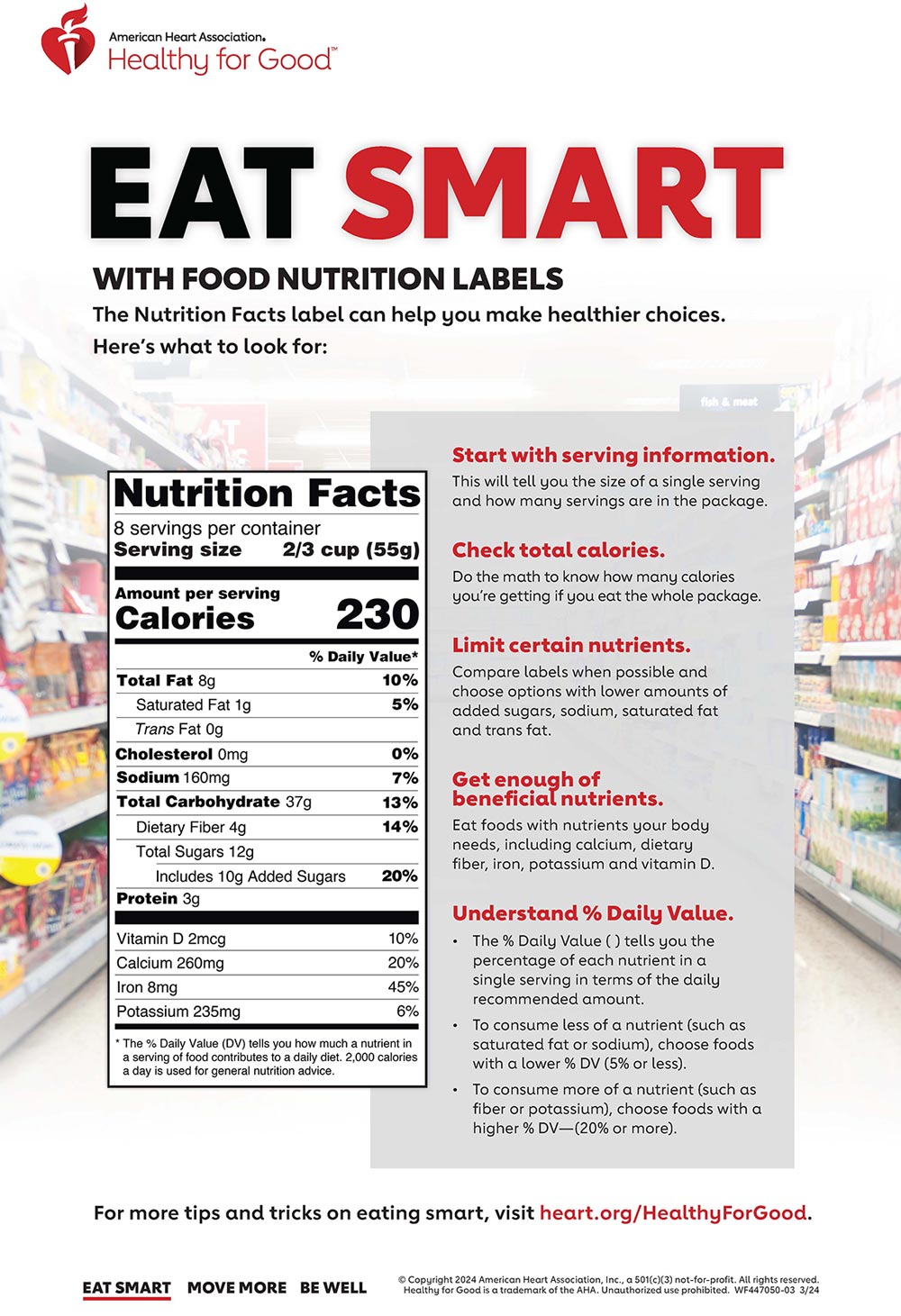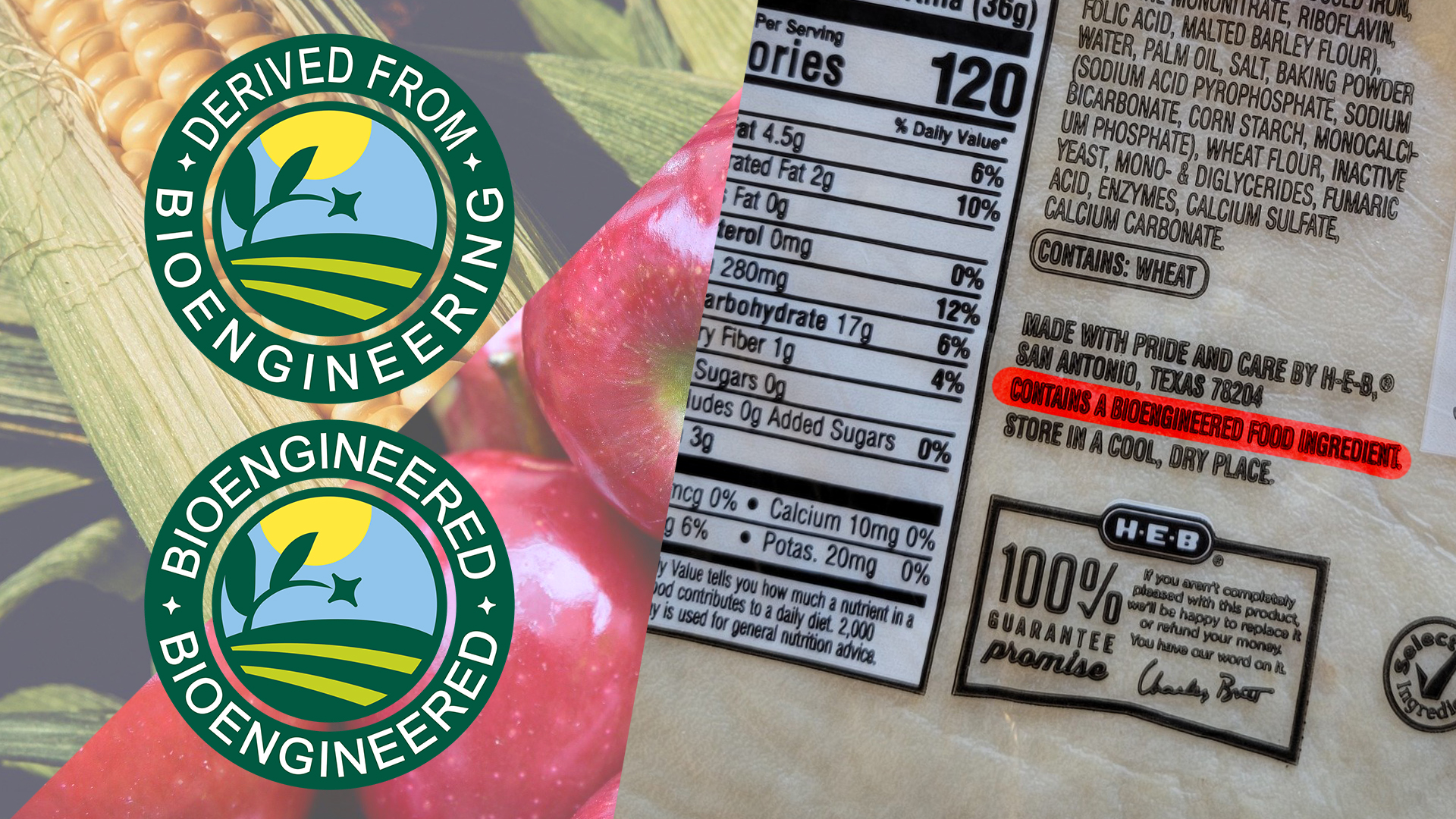Be high in calories d. The fat labeling claims do not provide any indication of the caloric content of the food item.

Food Packaging Claims American Heart Association
Sugar should not be one of the top three ingredients and lower in sodium suggests Erin Palinski-Wade RD CDE author of Belly Fat Diet for Dummies.

. SATURATED FAT-FREE less than. Fat-free foods must have less than 05 gram of fat per serving. Low-fat foods must have 3 grams of fat or less per serving.
It must not have a fat-based ingredient like oil. Reduced or less fat may be used on the labels of products that contain 25 less fat than regular full-fat products. Contain high levels of cholesterol.
CHOLESTEROL-FREE less than 2 milligrams of cholesterol for a given reference amount and 2 grams or less of saturated fat for a given reference amount. Minimally processed foods such as bagged spinach cut vegetables and roasted nuts often are simply pre-prepped for convenience. Avoid processed foods which can be high in fat and sodium.
Product contains 3 grams of fat or less per serving. To gain the best benefits look for varieties with limited added sugar. Selecting varieties with less than 140 mg of sodium per serving is the best choice 4.
Even processed foods labeled fat-free or reduced fat may be high in calories. Be as satisfying as high fat foods. Reduced-fat foods must have at.
Dont assume just because a food product is labeled fat-free or similar that its healthier. Such products may contain sugar and fat substitutes which often include as many calories as the. Foods processed at their peak to lock in nutritional quality and freshness include canned tomatoes.
Note that low fat does not necessarily mean a. Processed food falls on a spectrum from minimally to heavily processed. In fact full fat dairy may offer some protective benefits that reduced fat or fat-free dairy doesnt.
Nevertheless research on the effects. Meats can be part of a healthy diet but processed meats like sausage pepperoni and bacon are poor choices. The low-fat claim on products relates to fat only it doesnt take in to account any other nutrients.
Fat free Fat free foods can have up to 05 grams of fat per serving just like we saw with sugar free foods. If you want to find products even lower in fat look for the fat-free designation. They can still be called fat free and can even declare 0 grams of fat per serving on the nutrition label even if there is 045 grams of fat per serving.
Its the processed low-fat foods that you need to be most careful about. If youre living with diabetes choose unprocessed and whole foods naturally low in fat sugar and sodium in general. There can not be any ingredient that is added that contains fat.
Always read the label first. To be labeled as fat-free a product must have 05 grams of fat or less per serving. The perceived healthier item could be higher in sugar and calories.
To get you up to speed a product can only use the. When you have fresh foods like fruit and vegetables they dont. Eating processed meats raises the risk of developing chronic diseases like type 2 diabetes colon cancer and heart disease.
A 100 fat-free claim may be made only on foods that meet the criteria for fat free and also contain less than 05 grams of fat per 100 grams and contain no added fat. Even processed foods labeled fat-free or reduced fat may a. Product has less than 05 grams of fat per serving.
Products labeled fat free and low fat must contain. Food and Drug Administration allows a company to label a food as fat-free if it contains less than 05 grams of fat per serving. Getting the fat out of fat-free foods for the most part actually means never putting the fat in there to begin with.
For example if you have a box of fat-free cookies you might actually be consuming several grams of fat depending on the number of cookies you eat. What goes in the place of fat varies but youll often end up with a highly processed food product that may be quite different from its fatty counterpart.

Understanding Food Labels Nutrition Science And Everyday Application

What Is A Bioengineered Food And Why Do Some Food Packages Now Have That Label

Understanding Food Labels Nutrition Science And Everyday Application
0 Comments